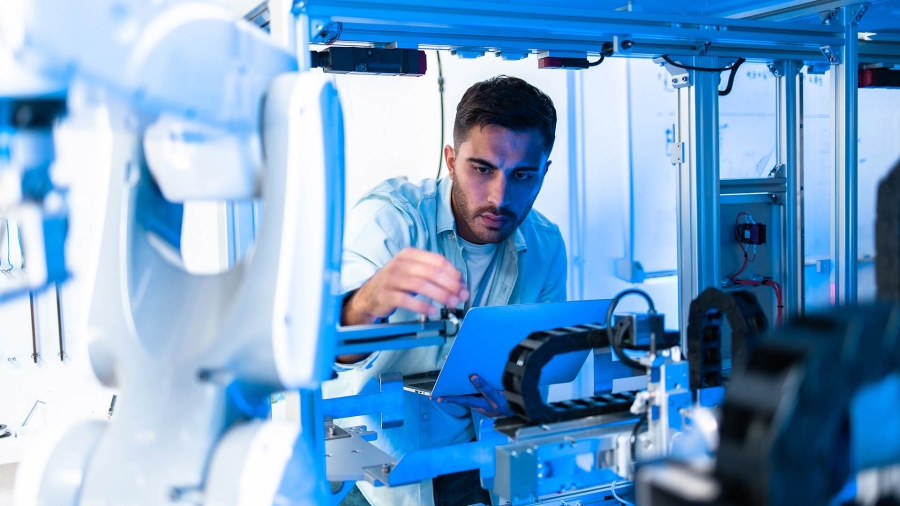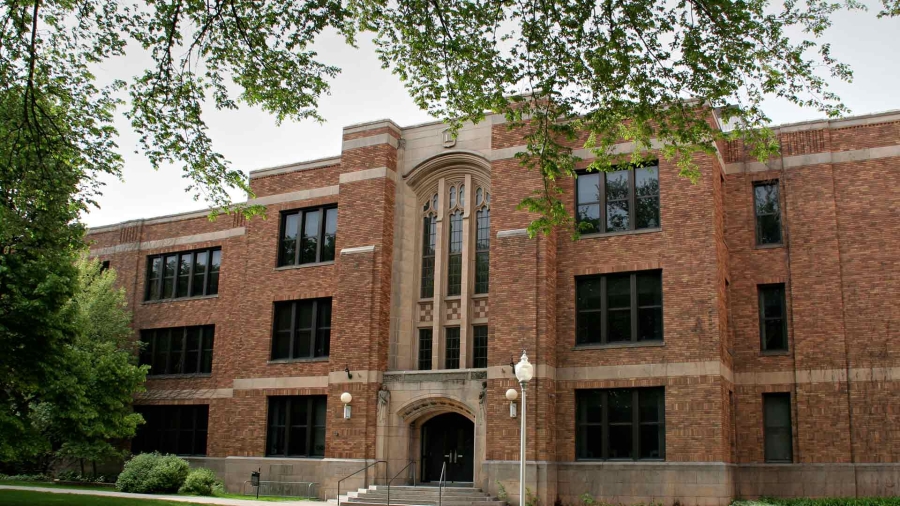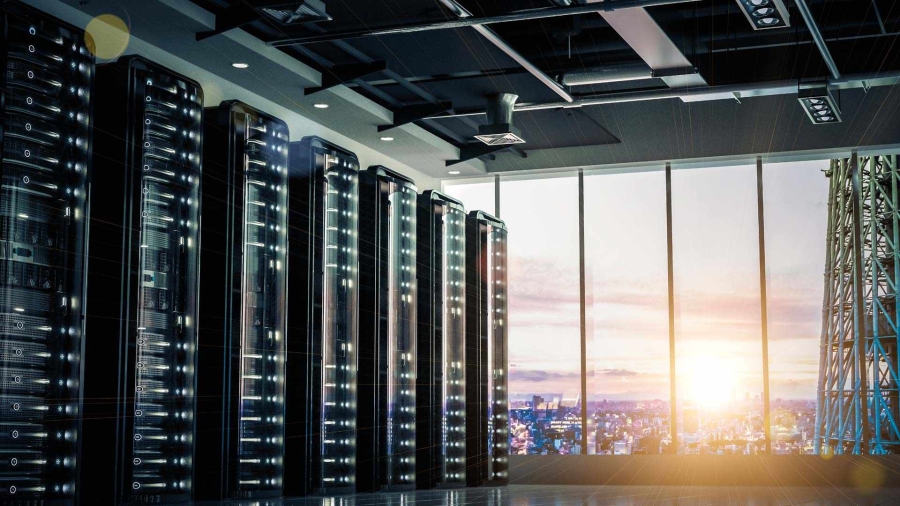Data centers are the heart of the world’s digital transformation. By now, most people know this, and it reminds me of a quote – “Computing is not about computers anymore. It’s about living.” Nicholas Negroponte.
What is not clear is the toll our computer-aided lifestyles will have in the form of energy use. At the turn of the century, as the data center physical footprint was expanding exponentially to support the dot.com era speculation, many “experts” predicted that data center energy demand could surge and represent over 20% of all global demand – up from less than 1%. While Moore’s law was greatly in effect since the 1970s, “processor speeds, or overall processing power for computers will double every two years at the same power use” helped keep power use under control.
In the mid-90s, a new technology called virtualization became super popular. With virtualization, you could put 3-10 virtual servers into one physical server, downsizing the physical data center footprint and associated power use became commonplace. The original virtualization is a “heavyweight” application using hypervisors, meaning it took quite a bit of computing resources to operate. Newer, lightweight virtualization using containers, kernels, and microservices runs far more efficiently and uses less energy.
Technical advancements on multiple frontsLooking forward, technical advancements are in play as well. Quantum computing for example, uses Quantum bits (or “qubits”) made of subatomic particles, namely individual photons or electrons that can exist in multiple states simultaneously, at least until that state is measured and collapses into a single state. There is also a move away from rotating hard disk drive (HDD) technology to a static solid-state drive (SSD). The SSD uses a fraction of the energy an HDD uses, but it costs a lot more. Future storage technology emulating human DNA is in the works and can reduce energy use for storage dramatically. Many people are bullish about the process of encoding and decoding binary data to and from synthesized strands of DNA.
Building data centers with general-purpose processors was the norm for decades until about three years ago. That’s when learning AI started to ramp up and needed faster speeds and leaned on GPUs. But graphic processing units used too much power and the industry started moving to application-specific integrated circuits (ASiC), which are integrated circuits (IC) customized for a particular use, rather than intended for general purpose needs. For AI, ASiCs made for deep neural networks are now ten times more powerful and effective than standard GPUs and are known as Tensor Processing Units (TPUs). But, processing high volumes of data in hyper-scale data centers usually requires the transmission of data that is physically far away, which causes network congestion and costs a lot of money. This is one reason I believe large central data centers will be used mainly for data storage and processing will transition to the edge of the network in the form of edge computing in edge data centers.
Driving the need for more data centersSo, there you have it – the need for more processing and storage is driving the need for more and more data centers. Many will be very large hyper-scale facilities designed and run by people who operate data centers for a living. On the other end is the need to build out smaller, micro-sized data centers at the edge, deployed at scale, but for mainly telecom applications with energy efficiency not being a major focus. Then we have all of these emerging technologies that I mentioned that may or may not become mainstream and may or may not have an effect on energy usage.
We believe a tool would be helpful, to provide the user flexibility in making assumptions about data centers and the edge. Specifically…
- The current mix of IT at the edge (<4 IT racks) vs data center 4+ IT racks
- PUE now and in the future
- Growth rates of data center and edge IT
These factors are individually adjusted using simple sliders in the tool, which show possible scenarios of the data center and edge global energy forecast through 2040. The Data Center and Edge Energy Forecast Tool demonstrates the importance of implementing best practices to minimize global energy consumption. Users will be able to model out global energy consumption in less than a minute and get a global percentage of total data center energy use by edge and larger data centers.















